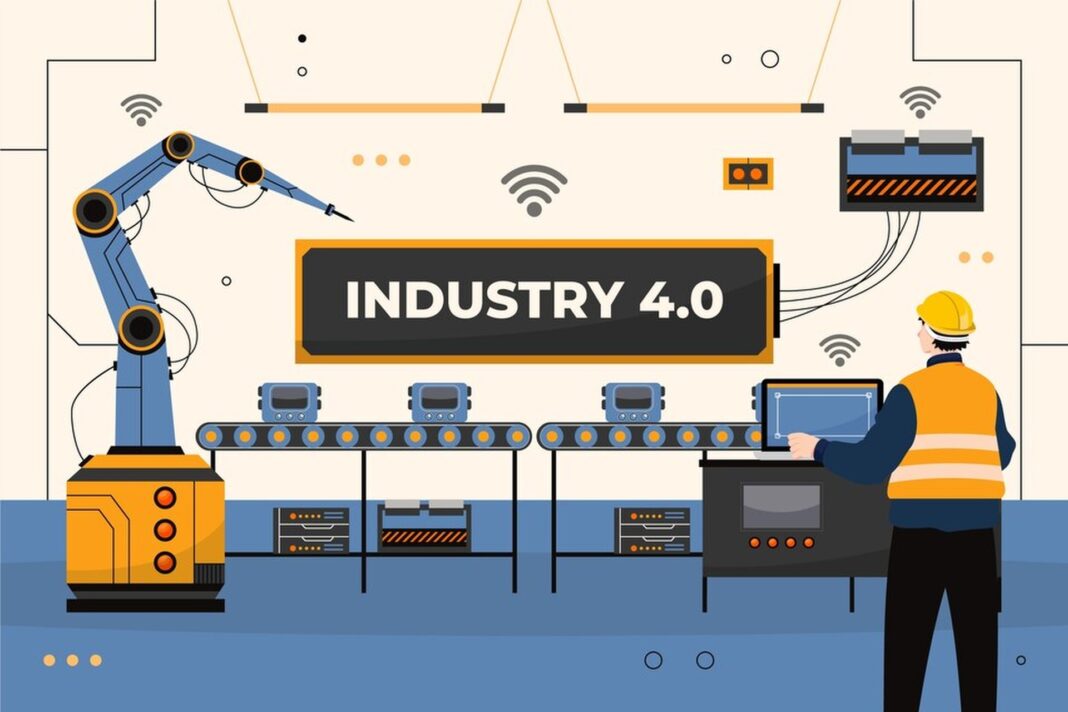The Role Of Heavy Engineering In Modern Agriculture
Heavy engineering is vital to contemporary agriculture. It supplies large scale agricultural equipment. Tractors, harvesters and plows boost productivity. These devices help farmers grow more assuring food security. Better design and materials make these tools more efficient. They frequently have superior performance and durability qualities. Precision farming is possible with considerable engineering. This strategy optimizes production and reduces waste. Using technology to optimize resource utilization reduces environmental effects. Heavy engineering transforms agriculture.
Heavy engineering involves several industries that build massive machinery and buildings. Agriculture greatly benefits from this skill. Heavy equipment helps farmers do laborious time consuming jobs. The latest tractors employ GPS for proper planting and monitoring. This technique improves agricultural management and harvests. Also automated systems aid with watering and fertilizing. Such advances decrease physical effort and human error.
Growing worry over farming environmental effect. Heavy engineers produce fuel efficient and emission reducing equipment. Sustainability is crucial to combating climate change. Biofuels and electric machines are heavy engineering advances. They provide fossil fuel alternatives. These solutions support global greening.
The design of soil friendly equipment is another major achievement. Conservation tillage equipment lowers erosion and preserves soil. This enhances soil health and conserves moisture for crop development. Heavy engineering is crucial to creating and executing these approaches.
Research and development bring agriculture forward. When heavy engineering meets agricultural issues change occurs. Sustainable farming ensures sustainability for future generations.
Harnessing Technology To Combat Climate Change
Technology is crucial to fighting climate change. Innovative solutions to environmental issues are developing. Engineers are developing greenhouse gas reduction solutions. These innovations include sustainable energy and carbon capture. Renewable energy is essential. They provide fossil fuel alternatives that are sustainable. Society can greatly reduce its carbon footprint by using nature power.
Reducing non renewable energy use requires innovative energy generating technology. Wind and solar electricity are more efficient and accessible. Innovations in storage technologies make renewable energy more feasible. Batteries and other storage techniques store energy. This capacity mitigates renewable resource intermittent ness.
Smart grid technology is another advanced technology. The energy distribution and consumption monitoring are improved. Based on real time data consumers may alter their use. This efficiency cuts waste and optimizes energy. Smart houses with energy efficient equipment may also promote sustainability. Monitoring and managing energy use helps the environment and economy.
Agricultural technology is also helping. Precision farming uses drones sensors and satellite data. These techniques highlight problem regions. Accurate data helps farmers decide. This increases agricultural yields while conserving resources.
Waste management technology is also growing. Recycling and composting innovations decrease landfill trash. These methods recover valuable materials from the garbage. They promote a waste free circular economy.
Research and development are essential. Exploring fresh ideas and applications will pay off. Technology may transform businesses and systems. Effective climate action requires ingenuity.
Infrastructure Development For A Greener Tomorrow
Building a sustainable future requires infrastructure development. Eco friendly materials and designs are becoming commonplace. Engineers design resource efficient buildings. Waste and energy are reduced via sustainable infrastructure. Smart city concepts include biodiversity promoting green areas. Using renewable energy in urban planning reduces emissions.
Transportation systems are also becoming sustainable. Growing public transit networks. They promote bus and rail travel over cars. Electric buses and trains are becoming increasingly popular. Compared to diesel these cars are cleaner.
Water management in infrastructure is another concern. Advanced water recycling systems decrease waste. Rainwater gathering and purification reduce water shortages. Urban water runoff is improved via green roofs and permeable pavements. These methods benefit local ecosystems.
Also crucial is retrofitting existing infrastructure. Retrofitted buildings use energy efficient systems. This minimizes utility expenses and environmental effects.
Sustainable infrastructure planning requires community input. By involving stakeholders, initiatives satisfy local needs. It promotes community ownership and accountability. Multi sector collaboration yields complete solutions.
Sustainable infrastructure goes beyond environmental protection. Green occupations provide economic prospects. Local economies benefit from sustainable construction investments.
The Evolution Of Green Technologies In Engineering
Modern engineering prioritizes green technology. Meeting human needs while minimizing environmental effects is their goal. Many developments have occurred in recent decades. These technologies improve sector efficiency and sustainability. Solar energy has changed tremendously. Photovoltaic cells are cheaper and more efficient. They produce solar electricity for green energy aims.
Wind energy technology is also evolving quickly. Offshore wind farms harness strong ocean breezes. These changes affect energy production. Geothermal energy is popular for its dependability and little land impact. Earth heat provides sustainable energy.
Energy efficient building materials are changing construction. Energy saving innovations include insulated concrete forms and sustainable insulation. These materials improve thermal efficiency. Buildings stay comfortable while using less energy.
Transportation is moving toward electric and hybrid automobiles. Better batteries provide greater ranges and quicker charging. These improvements cut fossil fuel use.
Water quality and conservation technology have advanced. Innovative water filtration systems improve safety and accessibility. Smart irrigation optimizes agricultural water consumption. These innovations improve ecosystems and food security.
Development and research are vital to its progression. Engineers frequently explore new concepts. Collaboration between governments, industry and communities boosts innovation.
Integrating Renewable Energy In Heavy Industries
Economic growth requires heavy industry. They also emit a lot of greenhouse gasses. Renewable energy is essential in several areas. Wind hydroelectric and solar electricity are options. These sources decrease fossil fuel use. Renewable energy improves environmental responsibility.
Heavy equipment is energy intensive. Operating expenses may drop with renewable energy. Investments in energy efficiency may boost profits. This change promotes sustainability and public image.
Battery advances enable heavy machinery electrification. Forklifts and electric trucks are becoming increasingly widespread. Zero tailpipe emissions from these devices. They improve air quality and the environment.
Manufacturing may be powered by renewable energy. Solar panels and wind turbines save energy expenses in factories. This technique boosts innovation and competitiveness.
Industry adoption of renewable systems requires training and knowledge. Knowledge is needed to use and maintain new technology.
Government incentives may aid this transformation. Renewable energy investment grants and tax incentives promote uptake. Sustainable policies help industries grow responsibly.
Heavy industry renewable energy integration is a win win. More efficiency and less pollution benefit everyone. Sustainable development improves the earth.
How Does Heavy Engineering Contribute To Sustainability?
Heavy engineering provides resource management techniques and technologies which boosts sustainability. It lets companies construct eco-friendly equipment. Dirt moving and excavation devices assist in developing green buildings and renewable energy installations. Advanced material science allows lighter more durable energy efficient equipment.
Heavy engineering also helps build solar fields and wind turbines. Supports the fossil fuel transition to greener alternatives. Engineers improve machines for fuel economy to reduce pollution. The circular economy concept is growing and heavy equipment makers build items for recycling.
Heavy engineering education raises knowledge of sustainable practices motivating future engineers to prefer green solutions. The industry is evolving toward sustainable technology and methods. Heavy engineering is crucial to a sustainable industry.



